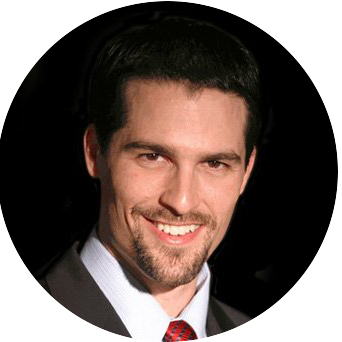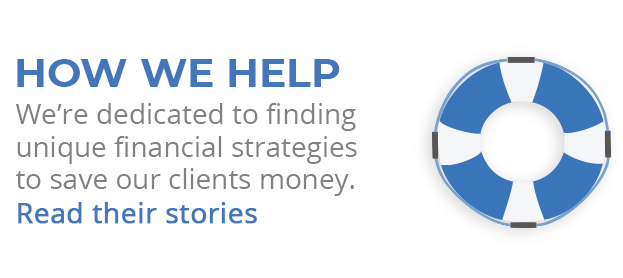
Each October, the Internal Revenue Service announces changes to annual contribution limits for IRAs and workplace retirement plans. Are any of these limits rising for 2017?
Will IRA contribution limits go up? Unfortunately, no. Annual contributions for Roth and traditional IRAs remain capped at $5,500 for 2017, with an additional $1,000 catch-up contribution permitted for those 50 and older. This is the fifth consecutive year those limits have gone unchanged. The SIMPLE IRA contribution limit is the same in 2017 as well: $12,500 with a $3,000 catch-up permitted.
There are some changes pertaining to IRAs. The limit on the employer contribution to a SEP-IRA rises $1,000 in 2017 to $54,000; this adjustment also applies for solo 401(k)s. The compensation limit applied to the savings calculation for SEP-IRAs and solo 401(k)s gets a $5,000 boost to $270,000 for 2017.
Next year will bring an adjustment to IRA phase-out ranges. Your maximum 2017 contribution to a Roth IRA may be reduced if your modified adjusted gross income falls within these ranges, and prohibited if it exceeds them.
*Single/head of household: $118,000-133,000 ($1,000 higher than 2016)
*Married couples: $186,000-196,000 ($2,000 higher than 2016)
If your MAGI falls within the applicable phase-out range below, you may claim a partial deduction for a traditional IRA contribution made in 2017. If it exceeds the top limit of the applicable phase-out range, you can’t claim a deduction.
*Single or head of household, covered by workplace retirement plan: $62,000-72,000 ($1,000 higher than 2016)
*Married filing jointly, spouse making IRA contribution covered by workplace retirement plan: $99,000-119,000 ($2,000 higher than 2016)
*Married filing jointly, spouse making IRA contribution not covered by workplace retirement plan, other spouse is covered by one: $186,000-196,000 ($2,000 higher than 2016)
*Married filing separately, covered by workplace retirement plan: $0-10,000 (unchanged)
Will you be able to put a little more into your 401(k), 403(b), or 457 plan next year? No. The maximum yearly contribution limit for these plans stays at $18,000 for 2017. (That limit also applies to the Thrift Savings Plan for federal workers.) The additional catch-up contribution limit for plan participants 50 and older remains at $6,000.
Are annual contribution limits on Health Savings Accounts rising? Just slightly. In 2017, the yearly limit on deductible HSA contributions stays at $6,750 for family coverage and increases $50 to $3,400 for individuals with self-only coverage. You must participate in a high-deductible health plan to make HSA contributions. The annual minimum deductible for an HDHP remains at $1,300 for self-only coverage and $2,600 for family coverage in 2017. Next year, the upper limit for out-of-pocket expenses stays at $6,550 for self-only coverage and $13,100 for family coverage. HSAs are sometimes called “backdoor IRAs” because they can essentially function as retirement accounts for people 65 and older; at that point, withdrawals from them can be used for any purpose.
Are you self-employed, with a defined benefits plan? The limit on the yearly benefit for those pension plans increases by $5,000 next year. The 2017 limit is set at $215,000.

About the Retirement Financial Advisor
Robert Pagliarini, PhD, CFP®, EA is passionate about helping retirees build the retirement of their dreams. He has over 26 years of experience as a retirement financial advisor and holds a Ph.D. in retirement planning. In addition, he is a CFP® Ambassador, one of only 50 in the country, and a real fiduciary. His focus is on how to help make retirement portfolios last decades while providing a steady source of income. When he's not helping people plan their retirement, he can be found writing his forthcoming book, The Retirement Myth: Escape Average Retirement & Create a High Performance Retirement. If you would like a second opinion to see if your retirement financial plan will keep you comfortable and secure, contact Robert today.










